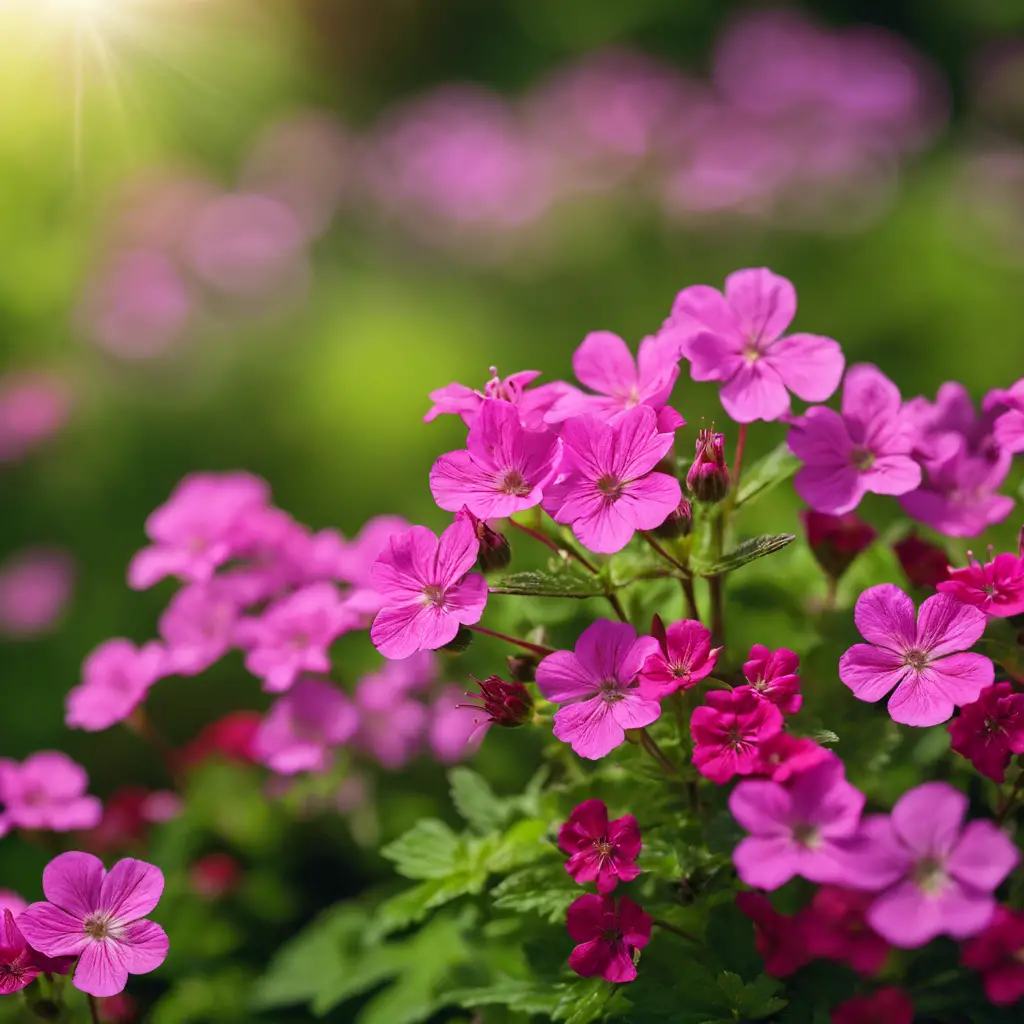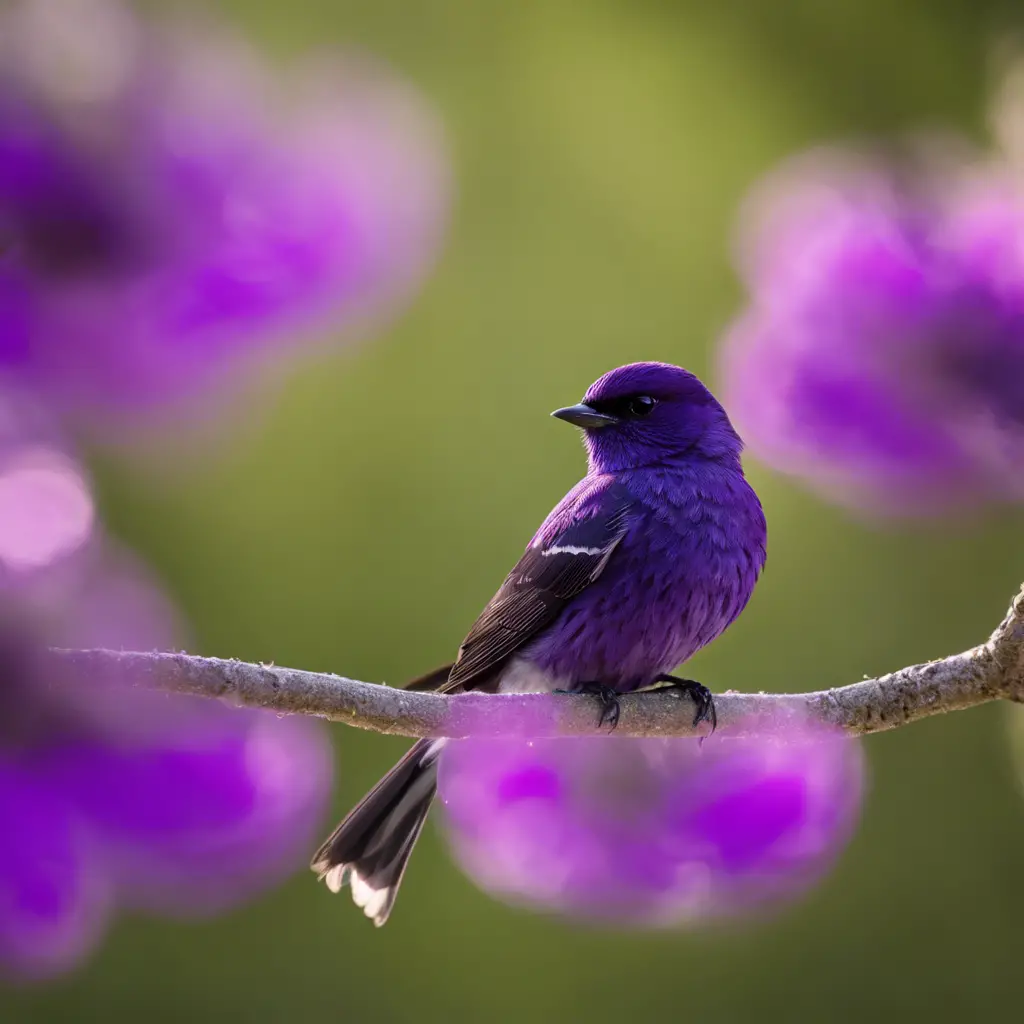If you’ve ever wondered about the diverse avian population in Pennsylvania, then prepare to be amazed by the brown birds that call this state home.
From the familiar American Robin and Eastern Towhee to the lesser-known Brown Creeper and Carolina Chickadee, these feathered creatures offer a captivating glimpse into the world of ornithology.
In this article, we will explore the distinctive features and behaviors of these brown birds, shedding light on their presence and importance in the Pennsylvania ecosystem.
Key Takeaways
- The American Robin, Eastern Towhee, Song Sparrow, House Sparrow, and Northern Flicker are brown birds found in Pennsylvania.
- The Carolina Wren is a small bird native to eastern parts of the United States, known for its rich, melodious song.
- The Eastern Phoebe is a migratory bird that spends summers in Pennsylvania and builds cup-shaped nests near water sources.
- The House Wren is a small songbird found across North and Central America, known for its loud and melodious song, and it builds nests in tree cavities or birdhouses.
American Robin
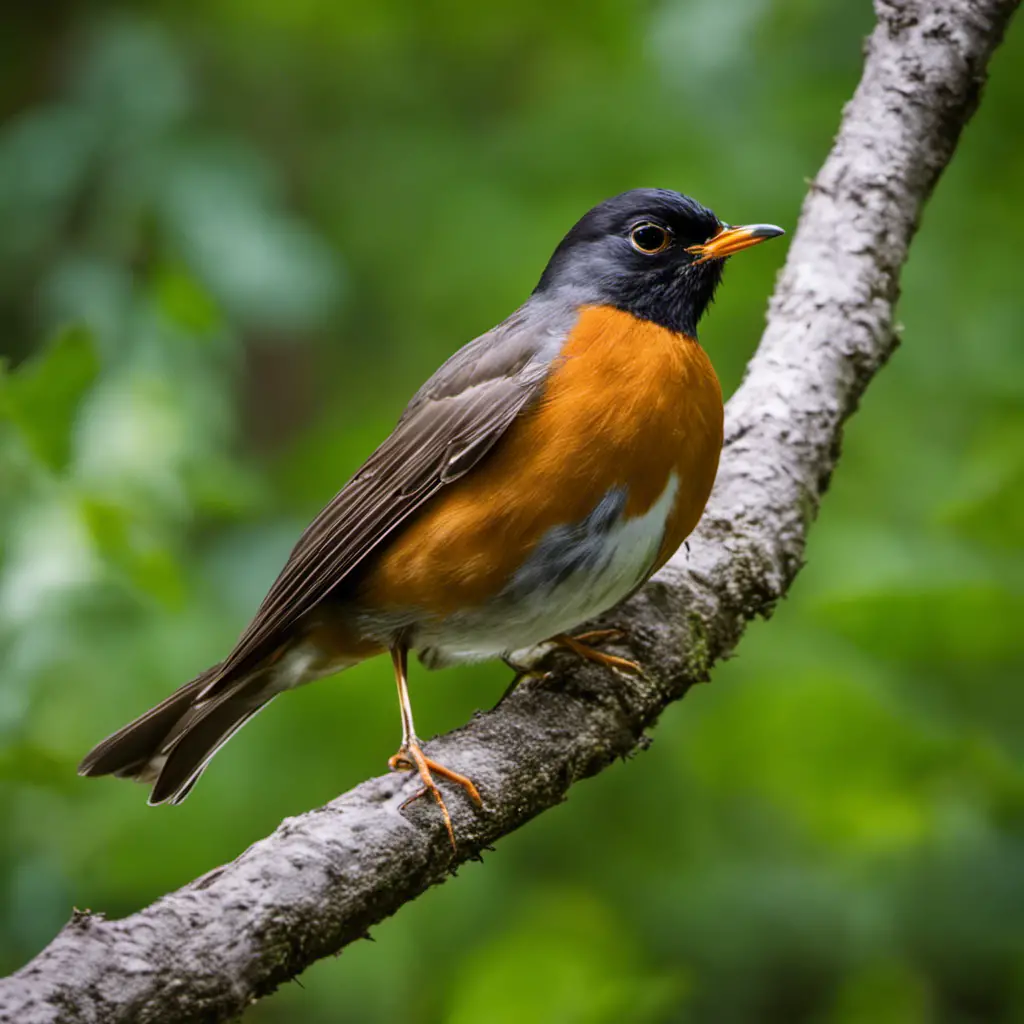
You should watch out for those few American robins in your backyard.
The American robin, scientifically known as Turdus migratorius, is a common bird species found throughout North America. Known for its distinctive orange breast and grayish-brown back, the American robin is a medium-sized bird that measures around 9 to 11 inches in length. It has a melodious song that’s often heard during the spring and summer months.
American robins are primarily insectivorous, feeding on earthworms, insects, and berries. They’re known to hop along lawns and pull up worms from the ground. Despite their name, American robins aren’t true robins and are more closely related to thrushes.
Keep an eye out for these charming birds in your backyard, as they’re a delight to observe.
Eastern Towhee

There’s a chance you might spot an Eastern Towhee in your backyard, as they’re known to frequent wooded areas in Pennsylvania. These brown birds have distinct features that set them apart from other species.
Here are some key points about the Eastern Towhee:
Habitat Preferences:
- Eastern Towhees prefer dense shrubs and forest edges.
- They’re commonly found in deciduous and mixed forests.
- They’re often seen scratching through leaf litter for food.
Breeding Behavior:
- Eastern Towhees are monogamous and form long-term pair bonds.
- Males attract mates by singing a distinct ‘drink-your-tea’ song.
- They build nests on or near the ground, hidden in dense vegetation.
Understanding the habitat preferences and breeding behavior of Eastern Towhees can help bird enthusiasts identify and appreciate these beautiful birds in their natural habitat. Keep an eye out for their striking red eyes and distinctive black and white plumage.
Song Sparrow

If you listen closely, you can hear the melodious song of the Song Sparrow as it perches on the branch. The Song Sparrow, scientifically known as Melospiza melodia, is a common bird species found across North America, including Pennsylvania.
As its name suggests, this bird is known for its beautiful and varied songs, which play a crucial role in its breeding behavior. The Song Sparrow prefers habitats with dense vegetation, such as shrubs and grassy areas near water sources, as this provides suitable nesting sites and abundant food resources.
During the breeding season, male Song Sparrows sing to establish their territories and attract mates. They’ll often perch on prominent branches or fence posts to deliver their songs, which are unique to each individual.
House Sparrow

Listen to the cheerful chirping of the House Sparrow as it hops from branch to branch in search of food. This common bird, known scientifically as Passer domesticus, has adapted well to the urban environment, making itself at home in cities and towns around the world. Understanding the habitat and behavior of the House Sparrow can provide valuable insights into its successful colonization of human-made environments.
House Sparrow Habitat:
- Urban Areas: House Sparrows are highly adaptable and thrive in urban areas where they find ample food sources, such as discarded human food and grain spills.
- Nesting Sites: They build their nests in cavities, such as tree holes, crevices in buildings, or nest boxes.
- Communal Roosting: House Sparrows often roost together in large groups, seeking shelter in dense shrubs, trees, or buildings.
House Sparrow Behavior:
- Feeding Habits: House Sparrows are opportunistic feeders and consume a variety of foods, including seeds, grains, fruits, and insects.
- Social Structure: They’re highly social birds, forming tight-knit groups and engaging in complex social interactions.
- Vocalizations: House Sparrows communicate through a diverse repertoire of vocalizations, including chirps, trills, and cheeps.
Understanding the habitat and behavior of the House Sparrow is vital for managing its populations and conserving this adaptable species in both urban and natural environments.
Northern Flicker

You can spot the Northern Flicker as it pecks at the ground in search of ants and beetles. This migratory bird can be found in Pennsylvania during the breeding season and then migrates to the southern United States and Mexico for the winter.
The Northern Flicker is a woodpecker species known for its distinctive markings, including a black crescent on its chest and yellow underwings. It has a strong beak that it uses to dig into the soil in search of insects. This feeding habit sets it apart from other woodpeckers that primarily forage on trees.
The Northern Flicker’s migration patterns and feeding habits contribute to its survival and ability to find food in different habitats throughout the year.
Brown Thrasher

Spotting a Brown Thrasher can be a rewarding experience, as it sings its melodious song from the treetops. These beautiful birds have distinctive behavioral patterns and specific habitat preferences. Here’s what you need to know:
Behavioral patterns:
- Brown Thrashers are known for their impressive singing abilities, often mimicking the songs of other birds.
- They’re territorial and will defend their nesting areas vigorously against intruders.
- These birds are ground foragers, using their long bills to probe the soil for insects and berries.
Habitat preferences:
- Brown Thrashers prefer dense shrubby areas, such as woodland edges, thickets, and overgrown fields.
- They’re commonly found in the eastern parts of North America, including Pennsylvania.
- These birds thrive in a variety of habitats, ranging from suburban gardens to forested areas.
Carolina Wren
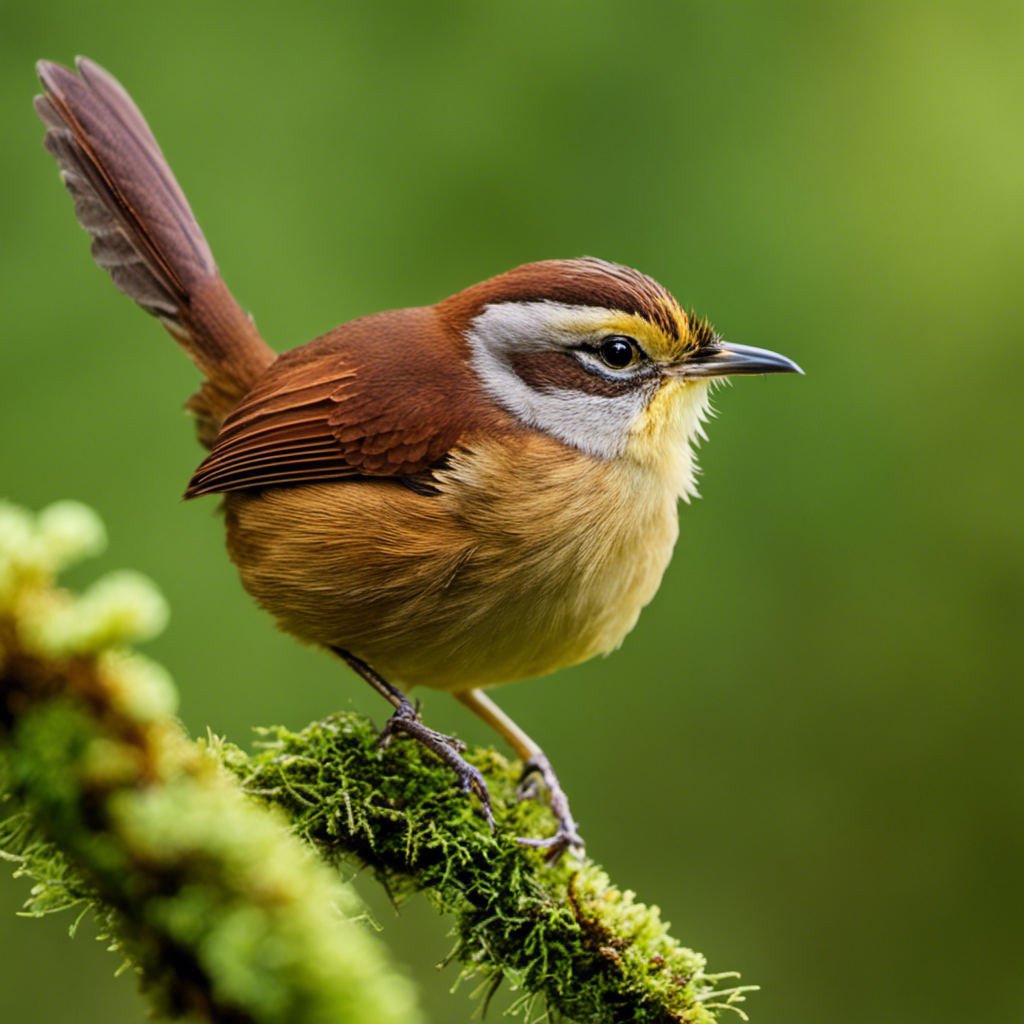
Don’t miss the opportunity to hear the Carolina Wren’s beautiful song as it serenades you from the tree branches.
The Carolina Wren, scientific name Thryothorus ludovicianus, is a small bird known for its rich, melodious song. This species is native to the eastern parts of the United States, including the Carolinas, as its name suggests.
When it comes to nesting habits, Carolina Wrens prefer to build their nests in cavities, such as tree holes, birdhouses, or even abandoned nests. They construct these nests using twigs, leaves, and other plant materials.
As for their diet preferences, Carolina Wrens primarily feed on insects, spiders, and other small invertebrates. However, they may also consume berries and fruits when available.
Understanding the nesting habits and diet preferences of the Carolina Wren contributes to our knowledge of this species and helps us appreciate its unique characteristics.
Eastern Phoebe

If you’re lucky, you might catch a glimpse of the Eastern Phoebe’s graceful flight as it searches for insects along the shoreline. This small, brownish-gray bird is a common sight in Pennsylvania, known for its distinctive call and bobbing tail.
Understanding the Eastern Phoebe’s migration patterns and nesting habits can provide valuable insights into its behavior and conservation needs. Here are three key points to consider:
Migration patterns: Eastern Phoebes are migratory birds, spending their summers in Pennsylvania and other northern regions, and wintering in the southern United States and Mexico. They usually arrive in Pennsylvania in early spring and depart in late fall.
Nesting habits: Eastern Phoebes build their nests on ledges, eaves, or other structures near water sources. They construct cup-shaped nests using mud, grass, and other materials. They often reuse old nests for subsequent broods.
Understanding these aspects of the Eastern Phoebe’s life cycle can help us better protect and conserve this remarkable species.
House Wren
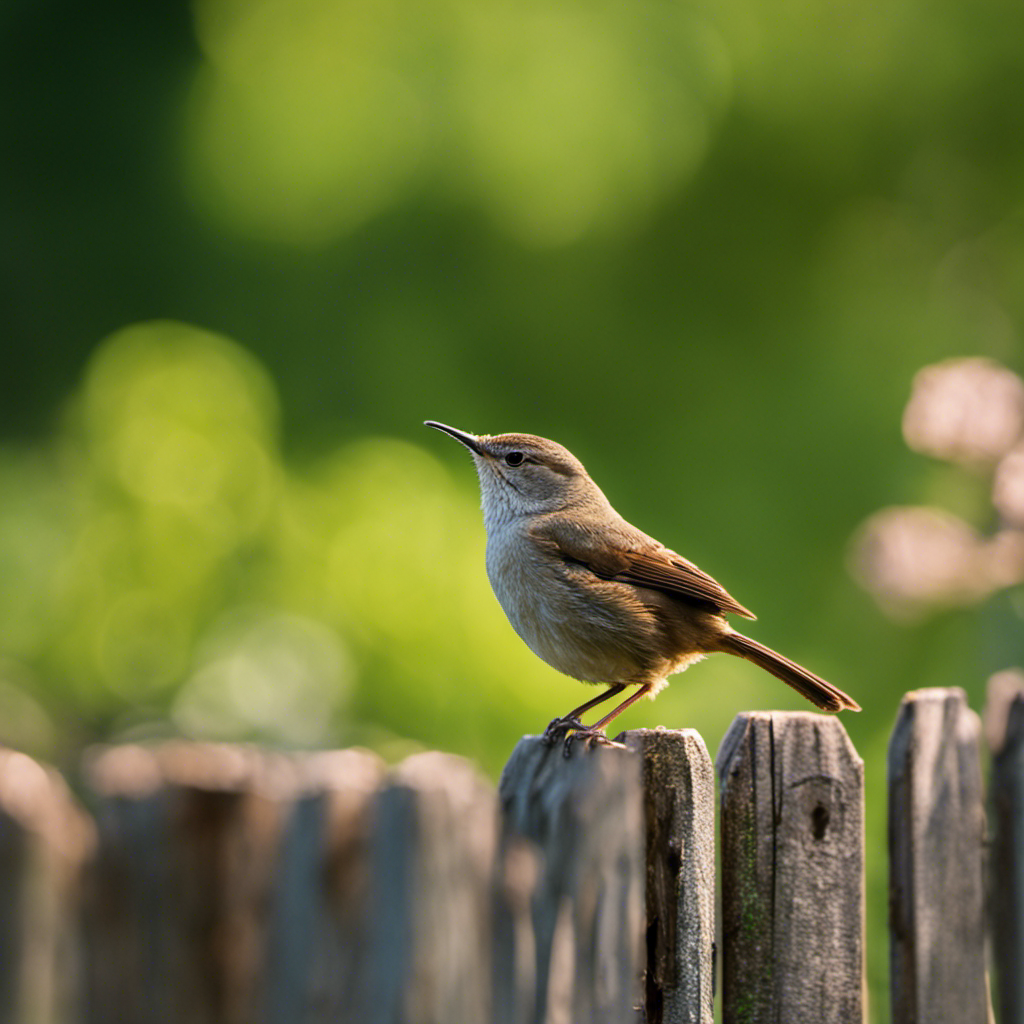
You’ll definitely be interested to learn about the House Wren, as it’s known for its melodious song and frequent nest-building activities.
The House Wren, scientifically known as Troglodytes aedon, is a small songbird found across North and Central America. It’s known for its distinct loud and melodious song, which it uses to attract mates and defend its territory.
The House Wren is a cavity-nesting bird, meaning it builds its nests in tree cavities, birdhouses, or other small openings. They’re known to build multiple nests, sometimes even up to 10, but only use one for breeding.
They prefer habitats with dense vegetation and shrubs, such as woodlands, gardens, and parks. Overall, the House Wren’s behavior and habitat preferences make it an interesting species to observe and study.
Common Grackle

You might be surprised to learn that the Common Grackle, a blackbird species, is known for its iridescent feathers and distinct vocalizations. Here are some interesting facts about the Common Grackle:
Migration patterns: Common Grackles are migratory birds, with populations found throughout North America. They undertake long-distance migrations, traveling from their breeding grounds in the northern parts of the continent to their wintering grounds in the southern regions. These migrations occur in large flocks, often numbering in the thousands.
Nesting behavior: Common Grackles are colonial nesters, meaning they build their nests in close proximity to each other. They prefer to nest in trees, especially conifers, where they construct cup-shaped nests made of twigs, grass, and other plant materials. The female incubates the eggs while the male guards the territory. Once the eggs hatch, both parents take turns feeding the chicks.
Understanding the common grackle migration patterns and nesting behavior helps us appreciate the incredible journeys these birds undertake and the fascinating social dynamics within their colonies.
Brown Creeper

You might notice the Brown Creeper skillfully climbing up tree trunks in search of insects and spiders. This small, brown-colored bird is commonly found in forests and woodlands throughout North America, including Pennsylvania. The Brown Creeper is known for its unique feeding habits and habitat preferences.
In terms of habitat preferences, the Brown Creeper is typically found in mature forests with a mix of deciduous and coniferous trees. They prefer areas with dense vegetation and plenty of dead wood for foraging. These birds are often found in areas with a variety of tree sizes and ages, as they rely on the bark of trees for both food and nesting sites.
Feeding habits of the Brown Creeper are fascinating. They’ve specially adapted curved bills that allow them to probe and pry insects and spiders from the crevices of tree bark. They start at the base of the tree and work their way up in a spiral pattern, using their stiff tail feathers as support. This unique climbing behavior helps them uncover hidden prey and ensures a steady food source.
Carolina Chickadee

Don’t miss the opportunity to spot the Carolina Chickadee, a small bird with a distinctive black cap and white cheeks. The Carolina Chickadee is known for its interesting migration patterns and nesting behavior.
Here are three key points to understand about the Carolina Chickadee:
Migration Patterns: Carolina Chickadees are non-migratory birds, which means they don’t travel long distances during seasonal changes. They prefer to stay in their territories year-round, especially in the southeastern United States.
Nesting Behavior: Carolina Chickadees are cavity nesters, meaning they build their nests in tree cavities or birdhouses. They often excavate their own nesting sites or use abandoned woodpecker holes. These birds line their nests with soft materials like moss, feathers, and fur.
Breeding Season: Carolina Chickadees typically breed from late March to early July. They form monogamous pairs and both parents are involved in nest building, incubating the eggs, and feeding the chicks. The female Carolina Chickadee lays an average of 6-8 eggs, and the incubation period lasts around 12-13 days.
Understanding these migration patterns and nesting behaviors can enhance your appreciation for the Carolina Chickadee and its unique characteristics.
Tufted Titmouse

The Tufted Titmouse is a small bird that can often be seen in Pennsylvania. This bird is known for its distinctive tufted crest on its head and its gray and white plumage.
The Tufted Titmouse is a common resident in the eastern United States and can be found in a variety of habitats, including woodlands, suburban areas, and parks.
One interesting aspect of the Tufted Titmouse’s behavior is its ability to store food for later consumption. It will often take seeds or insects and hide them in crevices or under tree bark. This behavior is known as caching and helps the bird survive during times of scarcity.
Additionally, the Tufted Titmouse is a non-migratory bird, meaning it doesn’t undertake long-distance seasonal movements like many other bird species. Instead, it remains in its territory throughout the year.
Studying the behavior and migration patterns of birds like the Tufted Titmouse can provide valuable insights into their ecological roles and help us better understand and conserve these fascinating creatures.
Brown-headed Cowbird
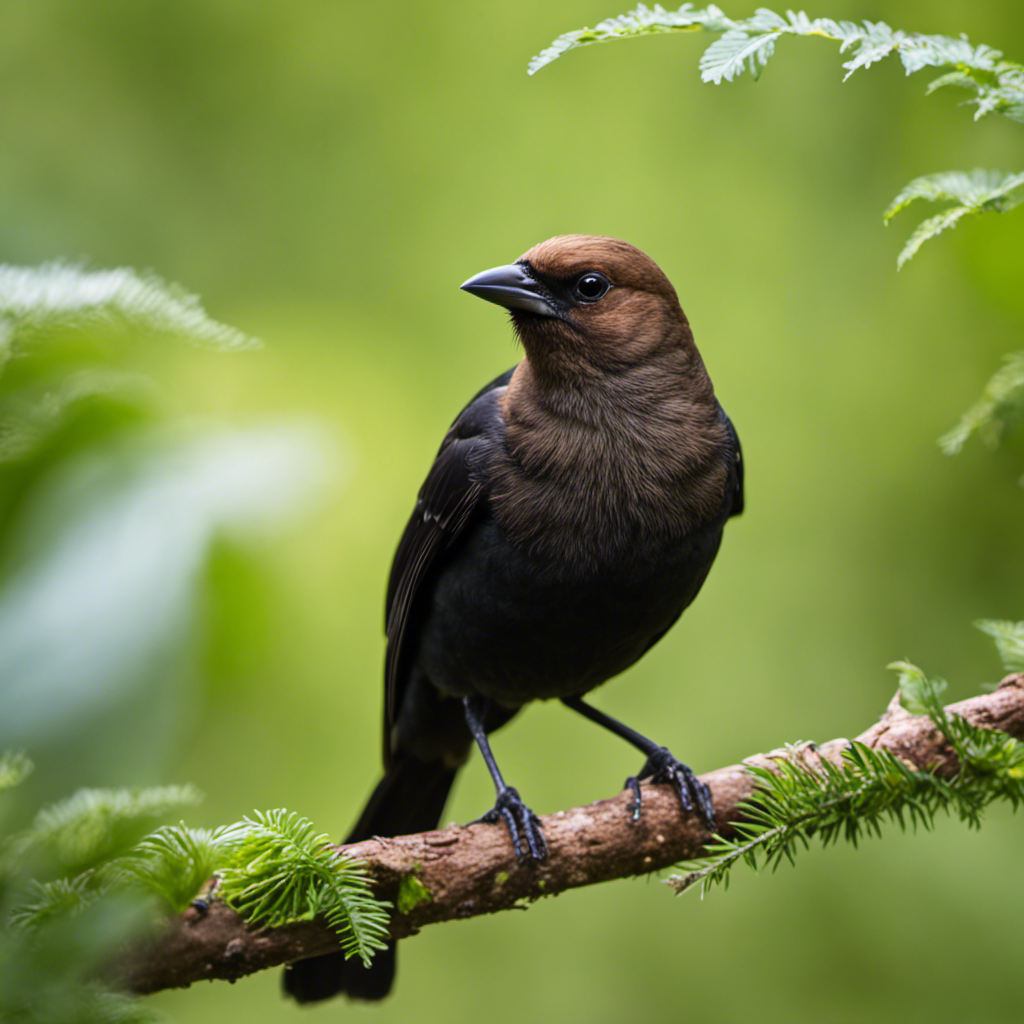
You can often spot the brown-headed cowbird in Pennsylvania, as it’s a common resident bird in the state.
Here are some key facts about the biology of the brown-headed cowbird:
Reproduction: Brown-headed cowbirds are brood parasites, meaning they lay their eggs in the nests of other bird species. This behavior allows them to forgo building their own nests and focus on reproduction. However, this behavior negatively impacts the host species, as cowbird chicks often outcompete the host chicks for resources.
Diet: The diet of brown-headed cowbirds consists mainly of seeds and insects. They’re opportunistic feeders and can adapt to various food sources depending on availability.
Conservation efforts: Due to their brood parasitism behavior, brown-headed cowbirds have become a concern for conservationists. Efforts are being made to protect vulnerable host species and reduce the negative impact of cowbirds on their populations.
Understanding the biology and conservation needs of the brown-headed cowbird is crucial for implementing effective conservation strategies and maintaining the balance of ecosystems in Pennsylvania.
Frequently Asked Questions
How Do Brown Birds in Pennsylvania Contribute to the Ecosystem?
Brown birds in Pennsylvania contribute to the ecosystem through their role in seed dispersal, insect control, and plant pollination. They help maintain the balance of the ecosystem by inhabiting diverse habitats and participating in various ecological processes.
What Is the Lifespan of Brown Birds in Pennsylvania?
The lifespan of brown birds in Pennsylvania varies depending on factors such as predation, disease, and habitat quality. Understanding their behavior and monitoring their population can help assess their overall health and conservation status.
Do Brown Birds in Pennsylvania Migrate During Certain Seasons?
Brown birds in Pennsylvania do migrate during certain seasons. Their migration patterns vary depending on population trends and environmental factors. Understanding these patterns can provide valuable insights into the behavior and conservation of these birds.
Are Brown Birds in Pennsylvania Known for Their Singing Abilities?
Brown birds in Pennsylvania are not particularly known for their singing abilities. However, they do play important roles in the ecosystem. Conservation efforts should focus on preserving their habitats, as they have specific preferences when it comes to where they live.
Are There Any Threats or Predators That Brown Birds in Pennsylvania Face?
Threats to brown birds in Pennsylvania include habitat loss, climate change, and pollution. Predators of brown birds in Pennsylvania may include domestic cats, birds of prey, and snakes. It is important to protect their habitats to ensure their survival.
Are There Any Yellow Birds Found in Pennsylvania?
Yes, yellow birds in pennsylvania do exist. The state is home to several species of birds that sport vibrant yellow feathers. Some notable examples include the American goldfinch, yellow warbler, and the Eastern meadowlark. These beautiful birds can be spotted across various habitats in Pennsylvania, making birdwatching an enjoyable activity for nature enthusiasts.
Conclusion
In conclusion, Pennsylvania is home to a diverse range of brown bird species. These include the American Robin, Eastern Towhee, Song Sparrow, House Sparrow, Northern Flicker, Brown Creeper, Carolina Chickadee, Tufted Titmouse, and Brown-headed Cowbird.
Each of these birds plays a unique role in the ecosystem and contributes to the overall biodiversity of the region. Studying and understanding these brown bird species can provide valuable insights into the natural history and ecology of Pennsylvania’s avian population.

An avid ornithologist, zoologist and biologist with an unwavering passion for birds and wild animals.
Dr. Wilson’s journey in ornithology began in childhood and led him to obtain a Ph.D. in Ornithology from the prestigious Avian Research Institute. He has worked closely with renowned experts in the field and conducted extensive research and field studies globally.



